A landfill is a designated location to dispose of unusable trash and other waste material. They use special methods to bury and cover the refuse with dirt in order to extend the life of the usable land. These large waste disposal yards can be public or private and sometimes run in tandem with a recycling center. I will share with you how the landfill near me operates and discuss how to find a landfill near you, gate fees, banned materials, and environmental impacts. Let’s start with the map below!
Map of Landfill Near Me
For “Landfill Near Me” or “Public Dump Near Me”, see the interactive map below…you can zoom in and out, home jump left by 75%, and home jump right by 75% as you need.
About Landfills, Trash Dumps, and Public Dumps Near Me
The landfill near you may be referred to by several different names; landfill site, dump, garbage dump, public dump, or dumping ground. In the UK it’s called a rubbish dump. Near me, it is just called the local landfill. Trash dumps are the most common type of disposal because of how cost–effective they are to manage. There are other alternatives though.
Landfills are the oldest form of waste management and are the most used method of managing refuse around the world. Historically these sites would pile garbage up or put it into pits where it was left to decay. Today, it is buried and covered with soil in order to make room for more trash.
Some landfill sites not only store trash but also process waste materials by sorting, treating, and recycling them as you would see at your local recycling center. The common misconception is that these are junkyards, but that term more specifically applies to a place that takes in second-hand items like vehicles and resells them for used auto parts.
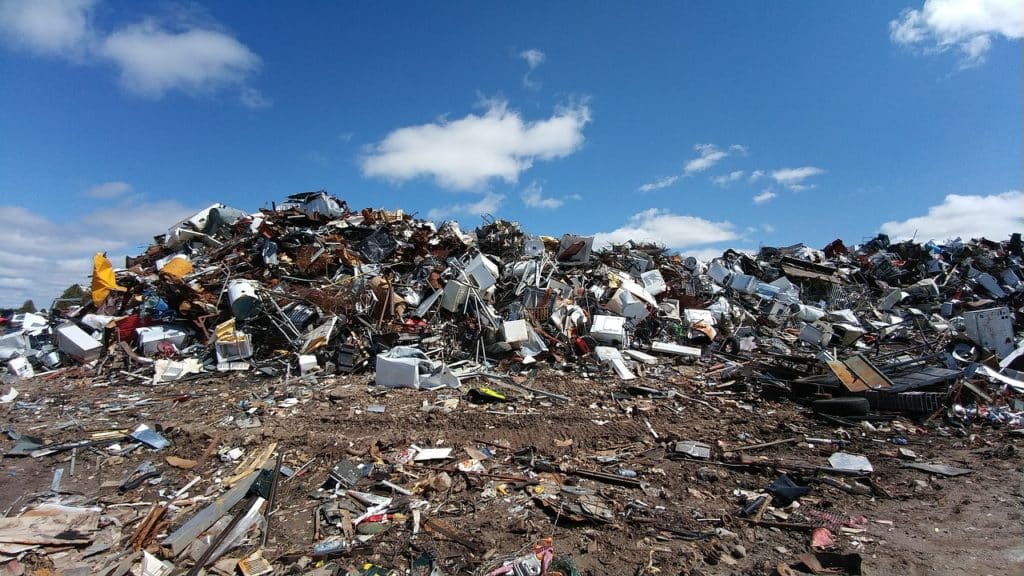
Landfills, Trash Dumps, and Public Dumps – How Do They Operate
A landfill can be run at both the public and private levels. While they are similar in general waste management operations, but they vary in gate fees, also known as tipping fees. These fees are what you pay to drop off your trash. The cost will depend on the weight and type of material you are dumping.
Public Landfills
Your public landfill is often county–run and is open to trash removal companies, private businesses, and local residents. Some require a county sticker to get entrance and you will need to have your vehicle weighed at the scale house. At this point, the scale house attendant will inspect your debris for hazardous or banned material and then direct you to an unloading area called the tipping face.
After you unload you revisit the scale house where the vehicle is weighed again. They subtract the unloaded weight of your vehicle from the weight of your vehicle when you arrive to determine how much weight you dropped off. Then they can figure out how much to charge you based on weight and material type.
Private Landfills
Private landfills work under contracts as private businesses. They are used by disposal and demolition companies. They can be contracted out by your local government to handle your local waste management.
These businesses operate like public ones except they are privately owned businesses and determine their fees based on supply and demand; the more space available, the less they charge. At a private dump location, the trash drop–off procedure is the same as at a public dumping ground.
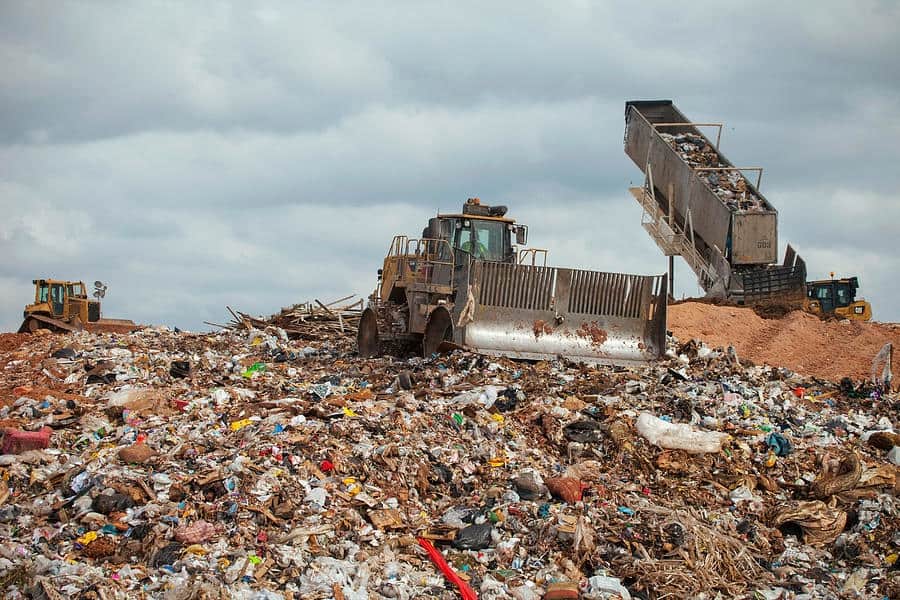
After You Drop Off Trash at a Public Dump Near Me
After you deposit your trash, bulldozers or large compactors crush it and spread the debris across the yard. Many have designated areas called cells, which house specific types of garbage. Some make their waste management vehicles cross through a weight bridge when both carrying loads and without so they can measure the daily incoming waste in tons.
This information gets logged in a database and tracked to determine how much rubbish they are processing. Some of them follow the metric and imperial units formula to measure management.
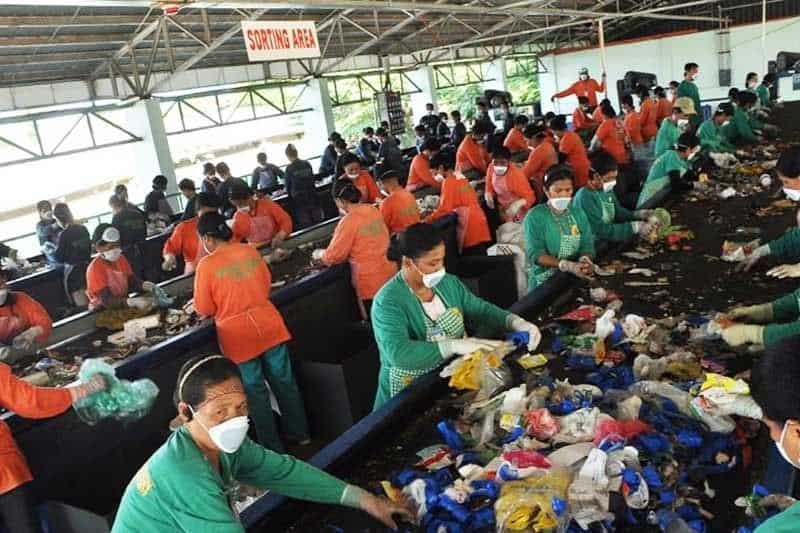
Designated Areas for Special Materials
At most local public dumping sites not everything gets put together. They designate special areas for specific kinds of inert material. For example, the Cinder Lake Landfill in Flagstaff, Arizona, for example, features a Dry Lake Inner Pit for dirt, cinderblocks, rocks, and concrete. Additionally, they feature a designated space for yard waste like tree branches, wood logs, and tree stumps, as well as lumber, plywood, particle board, and wood pallets. This is the way the public landfill near me works anyway.
This allows for better management of the materials because items biodegrade at different rates.
Landfill Near Me – Banned Materials
While both public and private landfills are notorious for housing just about any type of garbage, there are some materials hazardous to the environment that they cannot take. Toxic and hazardous materials are determined by state law and local ordinances. These materials need to be managed by private contractors who can properly dispose of them.
Additionally, many materials can’t just be dumped into the landfill and need to be handled separately. These include materials and liquids such as paint, motor oil, batteries, drywall, and used tires. The landfill may have a special section where these need to be taken for disposal. Items like motor oil get housed in a large tank and sent to a special facility for recycling. They may also have a recycling center on location to handle plastic, paper, cardboard, textiles, and glass.
At the landfill near me, there is an additional charge for them to take hazardous and other non-landfill materials because they have to use an incinerator to dispose of them.
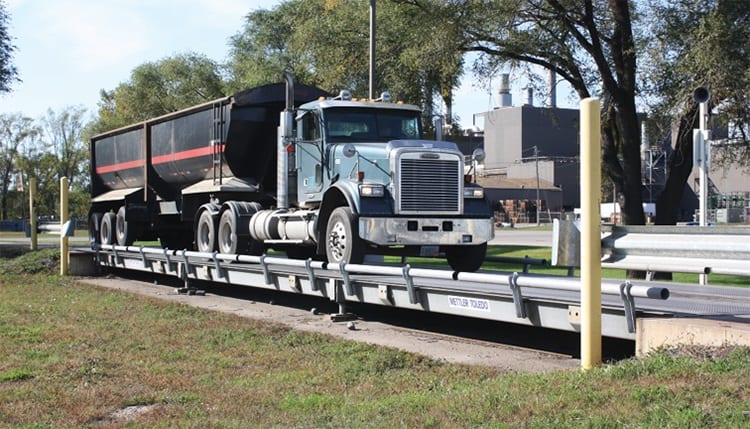
How is The Waste Managed at a Public Dump
In the public landfill near me for the regular trash, they have to meet predefined specifications and apply the following techniques:
- Confine the waste to the smallest area possible
- Reduce waste volume by compacting it
- Cover the waste (daily) with soil, wood chips, fine particles, foam products, bio-solids, and even blankets.
There are some green initiatives like using special foam products and biosolids, which help the materials break down faster over time. For special items like recyclables, they have to be sorted and sent to their recycling facility.
How Does a Landfill Work
Public Dump Near Me – How Much Does It Cost?
For a public landfill the cost, called a gate fee or tipping fee, varies based on the rate set by the governing body (state or local). A private landfill sets its charges based on competitive rates and supply and demand; The more space available to dispose of trash, the lower the rates.
Because of this, what you will find for landfills in the US the western states charge less than the eastern states because there is more land available. At the public dump near me in the north east there are some of the highest pricing charges in the country. According to a Waste and Recycling News survey, the highest gate fee was $105.40 per ton in Massachusetts, and the lowest was $18.43 per ton in Idaho.

These fees can also change based on the type of material you are disposing of. You may find varying rates for mixed garbage, demolition waste, clean wood waste and yard waste, scrap metal, and batteries. The landfill near me has a pricing board and even a pricing brochure you can take with you.
Other Options For Junk Removal
Another thing you should consider depending on what you are trying to dispose of is if there is a junkyard nearby that will pay you for your stuff. For example, if you are disposing of old furniture, check to see if you have an architectural and building salvage near you. There are all types of places that will buy scrap metal, take donated reclaimed lumber and wood, and other reusable materials. Instead of paying someone for junk removal, maybe you can find someone to pay you for it or at least take it from you. In the end that is even better than putting stuff into your local dumps.
If you do need to pay someone to take your junk, your local junk removal service is far better than a landfill. They will at least divert as much of your unwanted stuff from a landfill as possible. They will donate reusable items to charities and shelters and push as much of it to recycling as possible. While junk removal isn’t free, it is far better than the landfill.
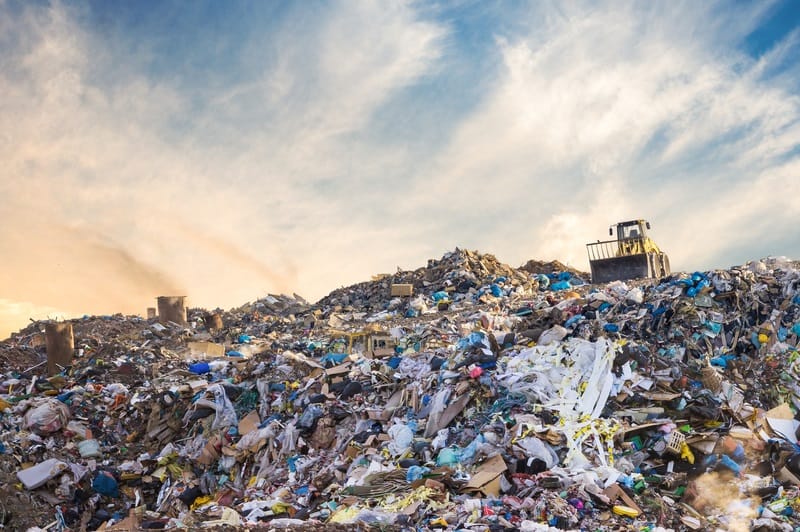
Are Landfills a Good Method of Disposition?
A landfill is proven to be the most cost–efficient solution for waste management. They typically have less recurring expenses, require less infrastructure, and need less manpower than sites that provide incineration and resource recovery. Additionally, they can create alternate revenue by converting landfill gas into natural gas.
They are good methods because they are low maintenance, however, they do have negative environmental impacts….
Landfills – The Environmental and Social Impact
A landfill can have the potential for harsh environmental impacts. This is why locations are chosen carefully and heavily regulated by the Environmental Protection Agency (EPA). Some of these impacts include contamination of the local groundwater, aquifers, or soil contamination.
Another impact is that vehicles that travel in and out of the dumps may track hazardous waste out onto local roads. This can cause pollution and affect local water courses.
Some poorly run trash dumps may cause community issues because of rats and flies which can carry diseases. Other community issues are disturbing the local wildlife, smell, dust, noise pollution, and reduction in property values. There is also a waste transfer station service available which is a temporary facility.

Mitigating the Environmental Risks
In order to reduce the environmental impact some private and public dumps do stringent trash separation and store like materials in designated areas called cells. Before they put the trash in a cell, they cover the pit with a liner that will help prevent contamination into the ground. Additionally, they may apply special foams or bio-solids to the waste to help the materials degrade faster in less time.
Another mitigating tactic is having wash stations near the exit scales. They wash and scrub the tires of vehicles leaving the landfill so they don’t track hazardous material out onto public roads.
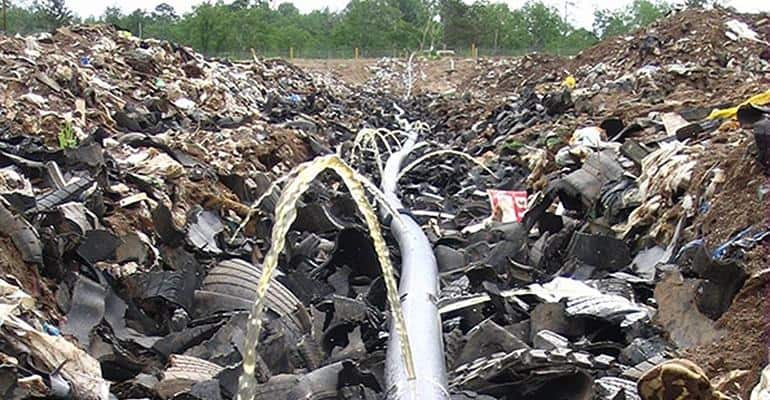
Public Landfill Near Me Conclusion
Landfills and trash dumps are not necessarily the best environmental solutions for garbage disposal, it is however the easiest. There are alternative methods like waste-to-energy, anaerobic digestion, composting, and incineration to name a few. These alternate methods require more manpower, infrastructure, and cost, but cause less impact to the eco-system. Recycling though should always be the first choice.
Finding places that perform these alternative methods of waste management is very difficult and you are more likely to find your local public dump which will operate much like I have described above from the landfills near me. For techniques like composting that’s something you can do at home, but that doesn’t solve all of your garbage disposition issues.
Frequently Asked Questions
How Does the Landfill Near Me Work?
The easiest way to describe how a landfill works is by layering the waste. They will dig a hole up to 500 feet into the ground and put a protective layer down first. Then they begin layering waste into the hole. These locations hold municipal waste including all the household items we throw away like cans, glass, aluminum, and even yard waste. As the materials decompose they create greenhouse gases, which can impact the local ecosystem and groundwater. The landfill monitors the levels and looks for leakages in the local groundwater.
Is a Landfill and a Dump the Same Thing?
While the words are used interchangeably, they are not the same thing. Both are designated pieces of land that are excavated to store unwanted waste. The difference is that a landfill has a liner underneath it to protect the surrounding ecosystem and water table. A landfill is also permitted and regulated by the government while a dump is not.
How Much Does a Trip to the Landfill Cost?
The cost of going to a landfill varies by state and location. The charge, called a tipping fee, on average is about $50 per ton, but can range from $0 to $150. The purpose of the tipping fee is to cover maintenance and other overhead costs incurred by the landfill.
What can be taken to the landfill?
Landfills are permitted to accept a variety of items. Most commonly they accept non–hazardous material:
- Municipal solid waste, non–hazardous household waste
- Major appliances such as refrigerators, ovens, washers, dryers, and water heaters
- Tires
- Old furniture
- Construction debris, brick, stone, drywall, wood, flooring, roofing
- Concrete and Asphalt
- Green Waste and Timber
- Dirt, Sand, Clay
Some items have weight restrictions and other items such as tires will incur a fee for recycling and disposal.
